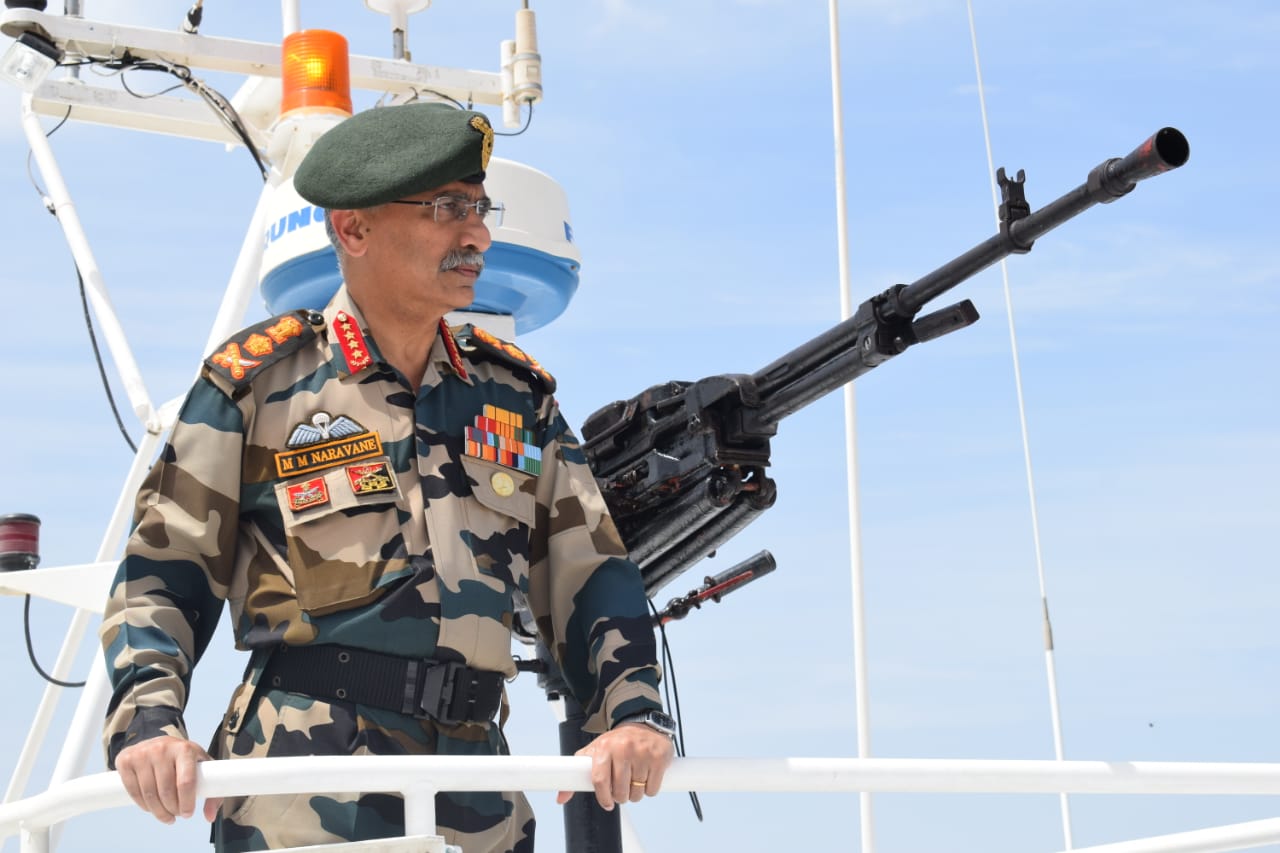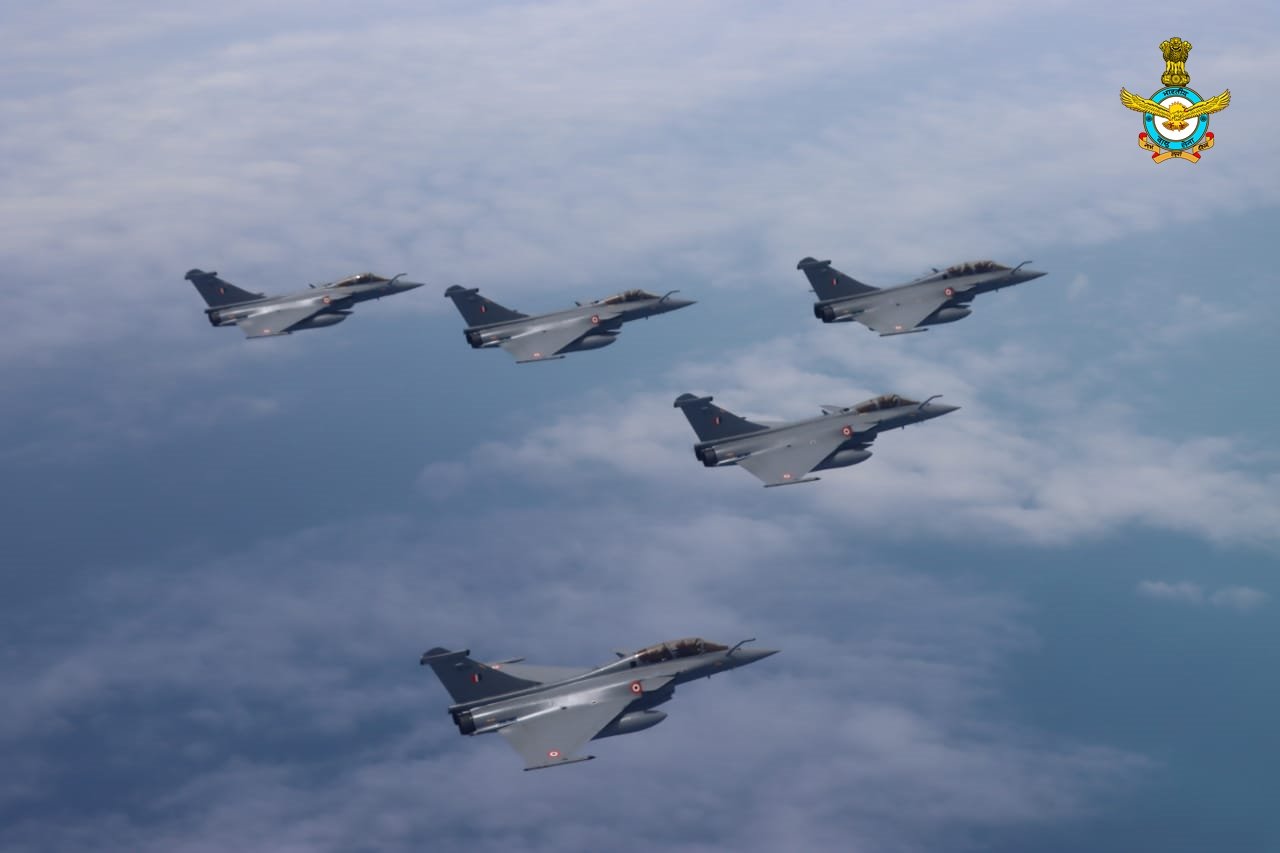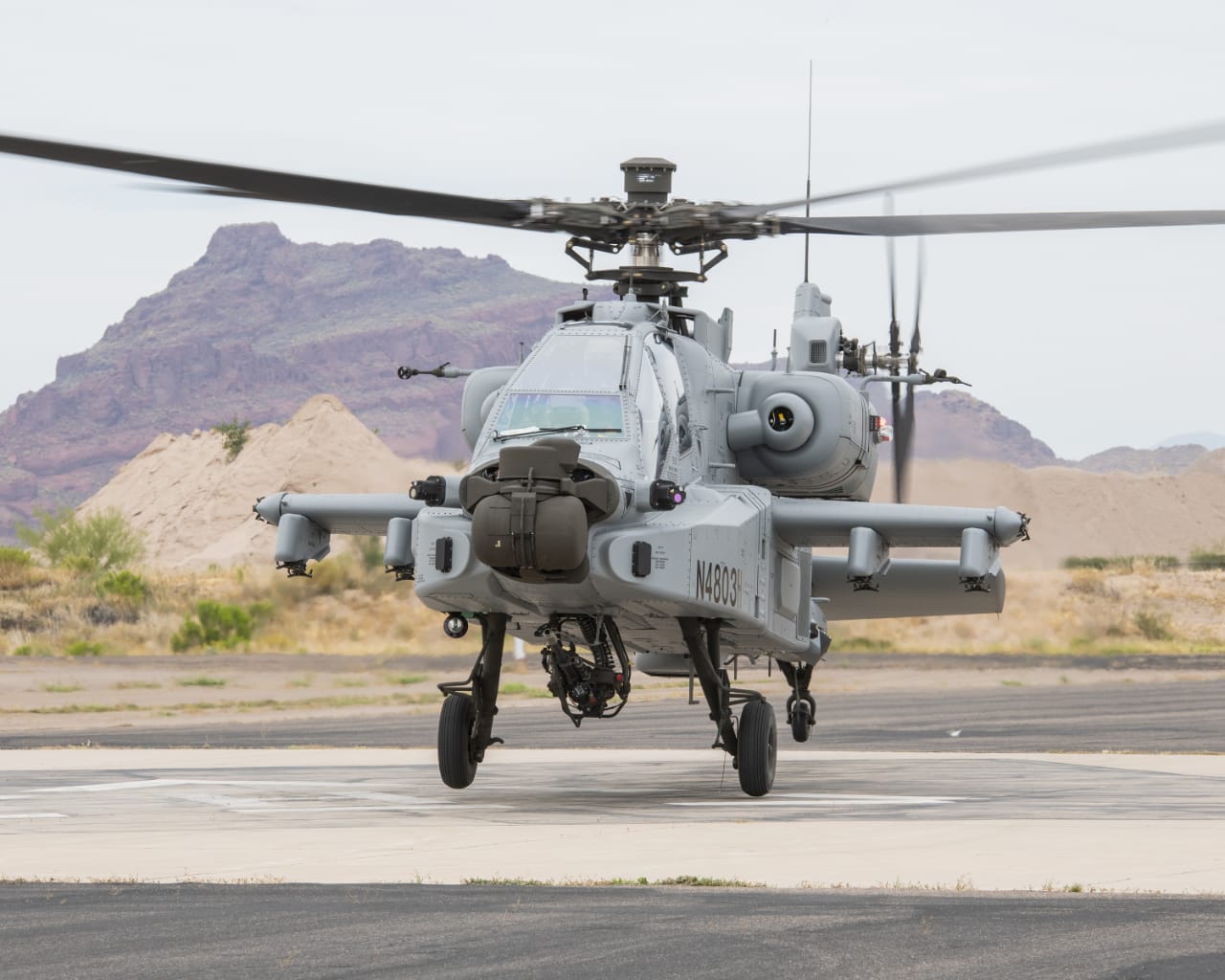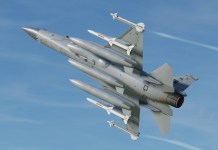India’s Chief of Army Staff General MM Naravane has recently criticized the country’s defense acquisition procedure, last revised less than a year ago, emphasizing that the needs of the information era warfare “cannot be hamstrung by the procedures of the Industrial Age”.
Indian Fighter Jets Like HAL Tejas To Be Equipped With DRDO’s New Chaff Technology That Can ‘Deflect’ Enemy Missiles
General Naravane was speaking at a webinar organized by the Delhi-based United Services Institution on August 3, 2021,
Stating the obvious, he said, the armed forces cannot hope to fight and win the next war with legacy structures evolved from the past which impeded faster decision making. He also scoffed at the “Zero Error Syndrome”, built around the bureaucratic web of checks and balances, which delays acquisition of the requisite military capabilities.
His comments about the complexities of the acquisition procedure were not off the mark, but it is surprising that the criticism should have come from the head of the organization which was fully involved in the year-long deliberations preceding the promulgation of the Defence Acquisition Procedure 2020 (DAP 2020) in October last year.

It is inexplicable why those deliberations failed to rectify the lacunae unless these have crept up in the past year since DAP 2020’s promulgation, which too would reflect poorly on the competence of the 11-member high-level committee set up by the Ministry of Defense under the chairmanship of the Director-General (Acquisition), and several sub-committees set up under its aegis, to review the procurement procedure.
If the procedure continues to be — or has quickly become in the past one year — as dysfunctional as General Naravane pointed out, the only inference one can draw is that these committees and other stakeholders — services, think-tanks, and the industry — lacked foresight and imagination to evolve an efficient procedure, or the Ministry of Defence (MoD) was unwilling to accept the suggested changes which would have made the procedure efficient and user-friendly.
Do Rules Overshadow Procurement?
Be that as it may, leaving no room for doubt, the Army chief denounced the “overbearing nature of the rules” which, he said, gives more importance to the process than the actual receipt of equipment by the armed forces.
He called for a “revolution in bureaucratic affairs”, adding helpfully that perhaps the time had come to do away with the system of procuring equipment from the L1 (lowest) bidder, or the L1.
The idea of a bureaucratic revolution is tantalizing, but in the absence of a post-revolution blueprint for restoring order, it can create more instability and chaos. It is not known if General Naravane presented an alternative at the webinar, which could replace the existing dysfunctional procurement regime.
Dream Come True For Aviation Enthusiasts As Microsoft Develops Platform To ‘Fly’ World’s Most Powerful Fighter Jet – F-35B
That would have been more constructive than the discourse on procedural problems which are anyway well known.
Some of these problems are, however, the result of prejudices and the absence of a dispassionate dialogue on some of the more contentious ones such as the suitability of following the L1 system in defense acquisitions.
The imagery associated with this system is that the rules require the services to necessarily buy the cheapest equipment available in the market, irrespective of whether it meets their requirements. This imagery is unrelated to reality.

The services are free to lay down the Services Qualitative Requirements (SQRs), or specifications, of the equipment which they feel would meet their operational needs in as much detail as they want.
Thereafter, the vendors offering the equipment which fully meets the specified requirements are shortlisted by the services through a rigorous process of field and staff evaluations. The L1 system only requires that, from among the vendors who meet the services’ requirements in totality, the lowest bidder be awarded the contract.
The Army chief’s critique of the L1 system also overlooks the fact that the system of Enhanced Performance Parameters (EPP), incorporated in the Defence Procurement Procedure 2016 (DPP 2016), allows procurement of technologically superior equipment which may not be the cheapest. It is unknown to what extent this provision has been made use of by the services.
However, if the EPP system too is not working well, it cannot be attributed to the L1 syndrome. In fact, whatever lacunae have stymied the EPP procedure should have been addressed when the DPP 2016 was being reviewed in the run-up to the promulgation of the DAP 2020 so that the desired results could be achieved in the future.
‘Break In India’: Navy To Lease Another Nuclear-Powered Submarine From Russia Instead Of Developing One
The criticism of the L1 system is still more surprising because the military equipment is frequently procured from abroad as well as the domestic industry, albeit mostly the public sector undertakings, on a single source basis.
There is no L1 vendor in such cases as there is no other competing bidder. Procurement of equipment and platforms from Russia as well as the USA — in the latter case through the Foreign Military Sales program — fall in this category.
Even the Rafale Multi-Medium Role Combat Aircraft contract was not awarded based on the L1 system. India ended up acquiring the most dominant fighter jet available in the market besides cementing ties with a powerful ally with UN veto power – France.
‘Problems’ Can Still Be Fixed
At any rate, if the L1 system is as hopeless a system as it is made out to be and it deserves to be done away with as suggested by General Naravane, an alternative system must be worked out by those who argue that it needs to be junked.
In fact, this too should have been done when DPP 2016 was being reviewed as the L1 system has been around for ages. Even now it is not too late.
General Naravane gave an example, centered around a hypothetical procurement of skis, to illustrate how user-unfriendly the procurement process is. He wondered why the procedure should require the proposal to be discarded if the skis offered by a vendor –presumably the lowest — weighs 1.6 kgs while the Indian Army (IA) had asked for skis that weighed between two to four kilograms.
The lighter skis, he said, would after all be better for the troops. He is quite correct on that count, but this example makes for an interesting case study.

Normally, such a situation should not arise. The prescribed procedure requires Request for Information (RFI) to be issued before initiating a procurement proposal to ascertain what kind of products are available in the market or can be manufactured within the specified time, that meet the operational requirements.
In the example given by the Army chief, it would have come to light from the prospective bidders’ response that ski weighing 1.6 kgs or thereabouts is available, in which case it is inexplicable why it was specified in the Request for Proposal (RFP) that the skis should weigh between two and four kilograms.
Alternatively, a wider range could be specified in the RFP or, better still, no range should have been specified if the IA felt that the lighter the skis, the better it would be for the users. At best, a lower weight limit could be specified.
The IA could also stipulate that weightage in the determination of the lowest bid would be given to the vendors for skis that weighed less than the range stipulated in the RFP, treating the lesser weight as an EPP.
This would have enabled the procurement of skis with lesser weight but a higher price than the one quoted by the lowest bidder. Not having exercised any of these options which are available under the existing procurement procedure, the IA tied itself up by the weight specifications mentioned in the RFP.
India Close To Inducting Its Latest Tejas MK-1A Jets; Can It Beat Pakistani JF-17 In Air Combat & Exports?
Having specified the weight of the skis in the RFP, it would not have been advisable to relax the requirement. This procedural requirement is not without reason. Such relaxation in specifications, or other terms and conditions, can give rise to complaints from other vendors who did not respond to the RFP because the product they had was lighter than the specified weight.
They can complain on the grounds that they would also have submitted their bid and participated in the competition, had they known that lighter skis were also acceptable.
Equitable treatment to all potential bidders is one of the fundamental tenets of public procurement. This tenet cannot be overlooked to make amends for any act of omission or commission while formulating the SQRs and setting the terms and conditions in the RFP.
A certain amount of discipline is essential while dealing with public money. It cannot be pooh-poohed as a bureaucratic web of checks and balances.
No “revolution in bureaucratic affairs” can do away with rules and procedures, but these can certainly be made simpler and logical, which is precisely what the government claimed had been done when the DAP-2020 was promulgated last year. These claims fly in the face of General Naravane’s severe criticism of the existing procedures.
(Amit Cowshish is a former Financial Advisor (Acquisition), Ministry of Defence. He was associated as a Distinguished Fellow with the Institute for Defence Studies and Analyses, New Delhi, and as a Partner with Dua Associates, Advocates and Solicitors. He writes regularly on matters concerning financial management in defense, procurement policy and procedures, budget, planning, and other related issues.)
More @ EurAsian Times
- US Experiments With ‘Revolutionary Air Combat Training’ For Fighter Pilots To Dogfight Russian, Chinese Jets
- Despite J-20 Stealth Jet, Why Is China Keen To Acquire Another Stealth Fighter – Russian Su-57 To Its Arsenal?




